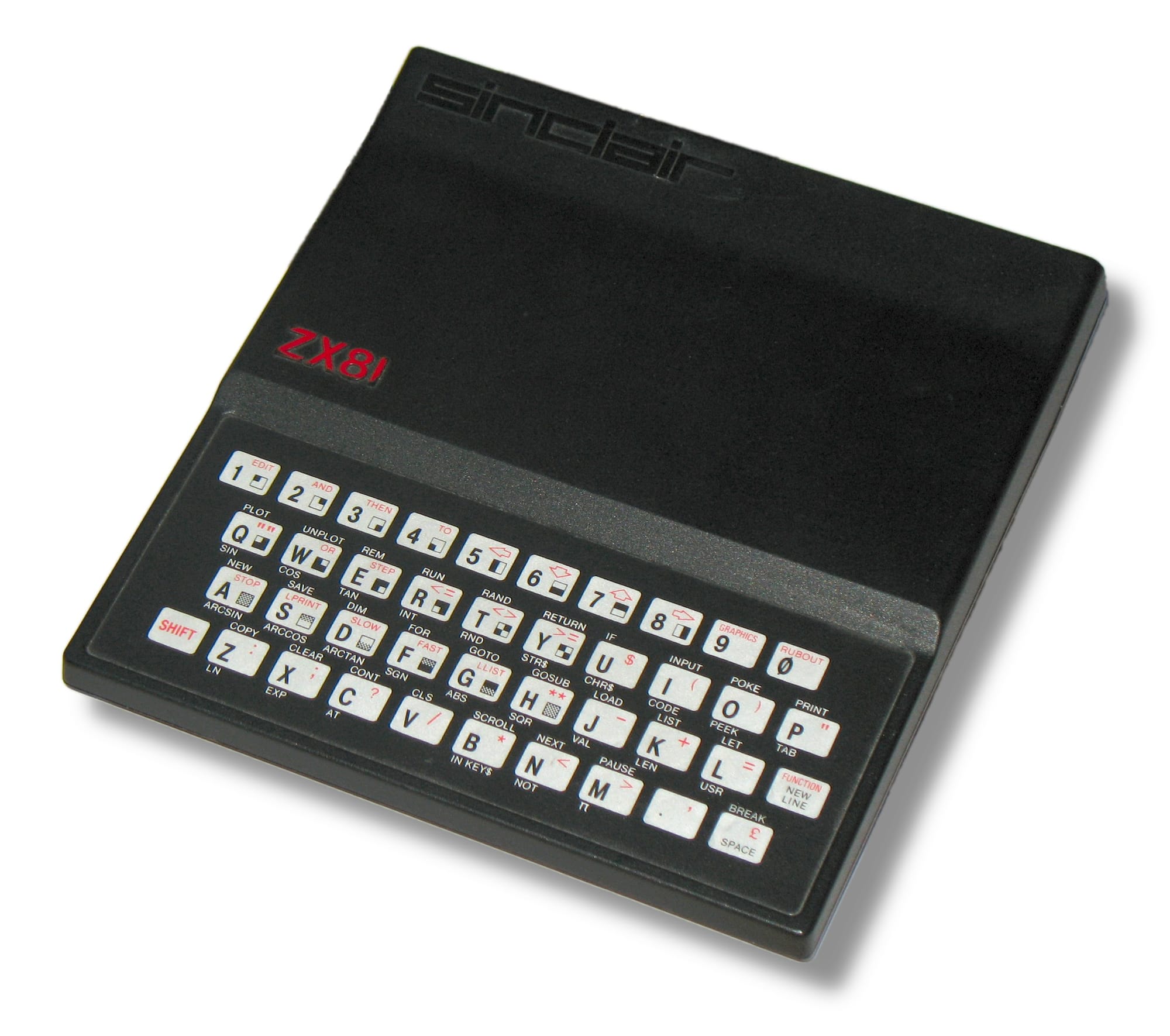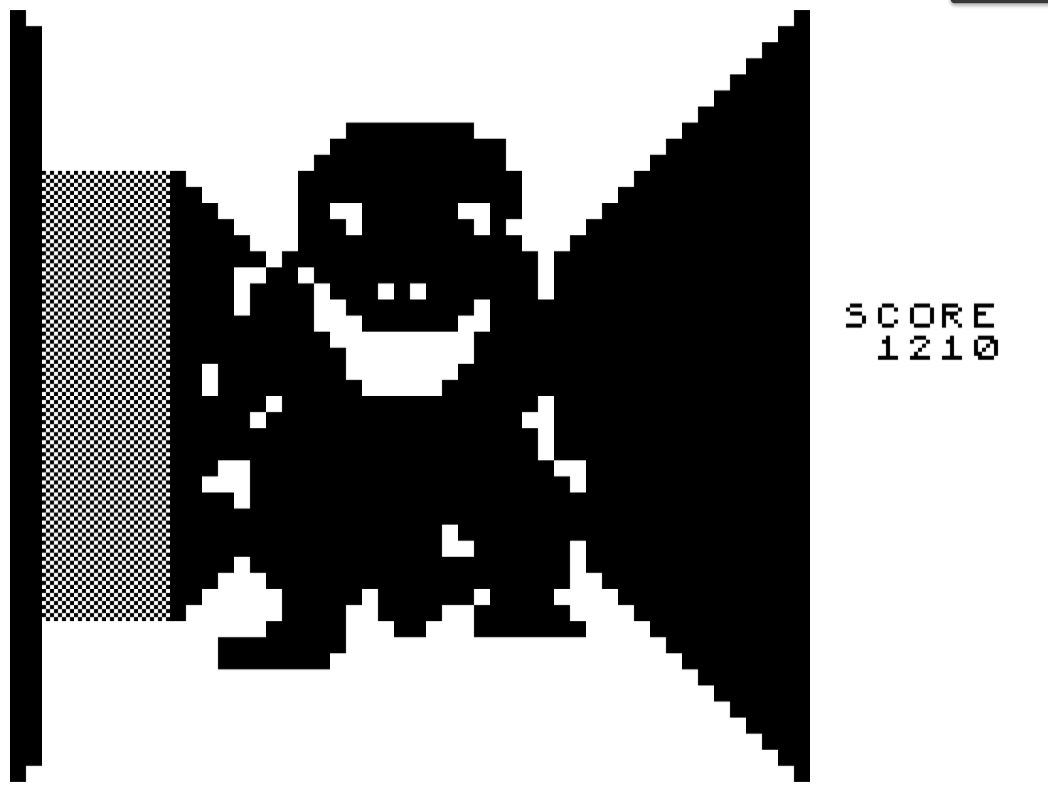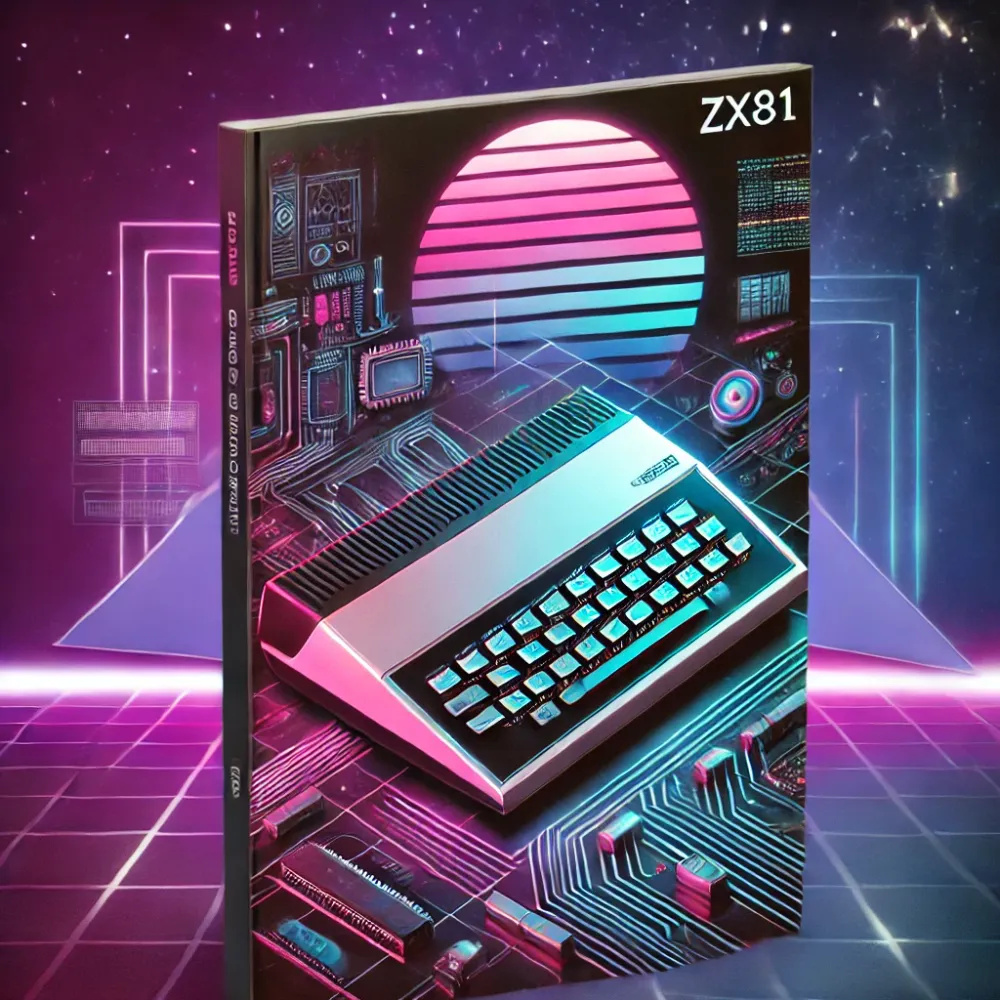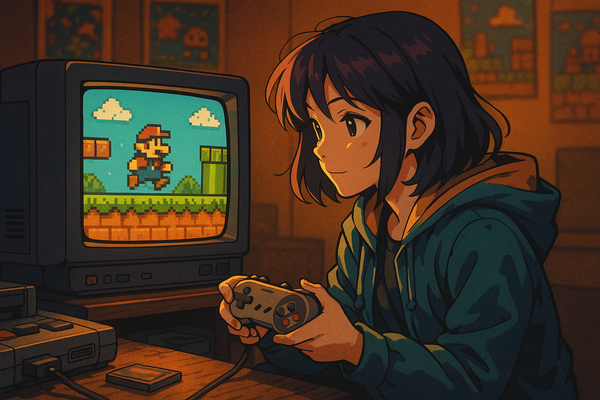ZX81 Sinclair: A gateway to home computing and gaming innovation
In 1981, Sinclair Research Ltd. introduced the ZX81, a computer that would open the world of home computing to a new audience. With its compact design and affordable price, the ZX81 was an accessible entry point for budding programmers, gamers, and technology enthusiasts. Built with a minimalist approach, the ZX81 had just 1 KB of RAM and a membrane keyboard, yet its potential captivated users. For many, it was a magical first encounter with programming, sparking a wave of creativity and innovation that would inspire generations.

The ZX81’s primary appeal lay in its simplicity. It was a computer that anyone could own, learn, and explore. With the ZX81, home computing moved from a niche interest to a cultural phenomenon. Its low price and compact design made it especially popular in the UK, where it became the first computer for countless families and young programmers.
The birth of 3D Gaming with "3D Monster Maze"

While the ZX81 is celebrated for bringing computing to the masses, it also holds a special place in gaming history thanks to 3D Monster Maze. Created by Malcolm Evans in 1981, 3D Monster Maze was one of the first 3D games ever developed for a home computer. With the ZX81’s limited processing power, achieving 3D graphics was an ambitious feat, and Evans’s work paved the way for future game developers exploring 3D gameplay.
In 3D Monster Maze, players navigate a maze while being pursued by a T. rex. The game’s thrill came from its suspenseful atmosphere and groundbreaking use of perspective. Each time the player took a step, they would hear the footsteps of the dinosaur growing closer, creating an eerie, tense experience. The graphics were simple by today’s standards—black-and-white lines forming the maze and the occasional “YOU HAVE BEEN EATEN” message upon capture. However, this simplicity forced players to use their imaginations, making the experience even more immersive.
3D Monster Maze became a cult classic, remembered for both its technical innovation and its ability to evoke genuine suspense with such limited resources. For ZX81 owners, it was proof that gaming could be thrilling, even without color graphics or complex animations.
The magical atmosphere of early home computing
The ZX81 brought an aura of discovery and possibility to households. Unlike today’s plug-and-play systems, setting up and operating the ZX81 required patience and curiosity. Its BASIC programming language empowered users to experiment with their own code, allowing them to create simple programs and games. Many young programmers took their first steps with the ZX81, entering lines of code to see their own creations come to life on the screen.
In a way, the ZX81 was more than a computer; it was a gateway to imagination. Each line of code, each simple game, felt like an act of creation, transforming the black-and-white screen into a world of possibilities. For those who grew up with the ZX81, there was a unique charm in its limitations—a sense that technology was something to be explored, not just used.
The lasting legacy of the ZX81
Although the ZX81 was quickly outpaced by more powerful computers, its influence on the computing world is undeniable. It brought computing into homes, democratizing technology and inspiring a generation of software developers, programmers, and game designers. The ZX81 proved that you didn’t need a supercomputer to make something meaningful—you just needed a device and a willingness to experiment.
Today, the ZX81 is remembered fondly by retro computing enthusiasts who appreciate its simplicity and historical importance. Its influence lives on in the modern tech industry, where the spirit of accessibility and experimentation that it embodied continues to inspire.


